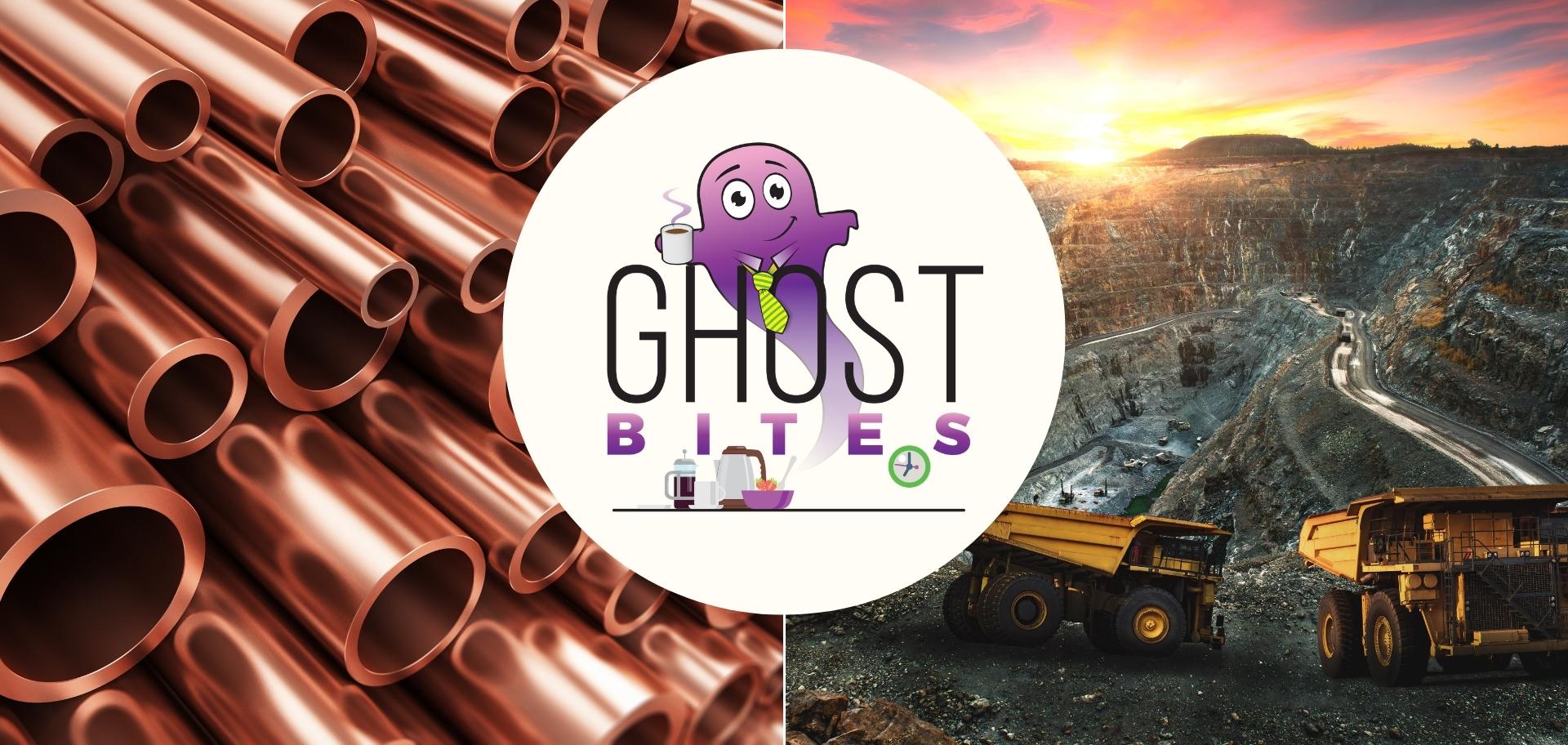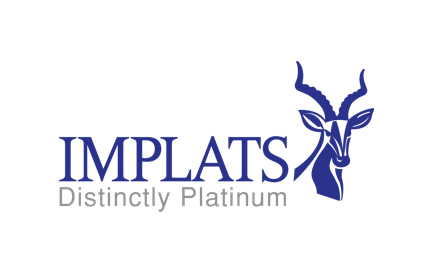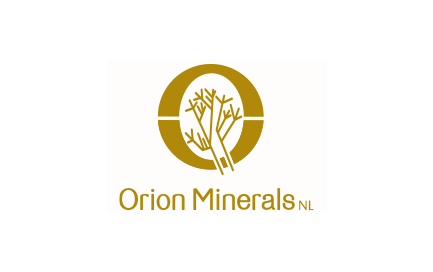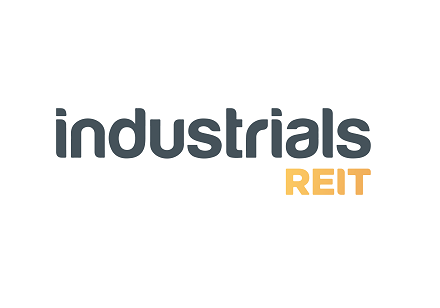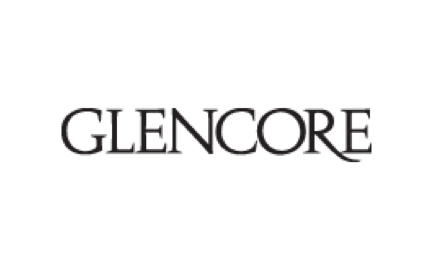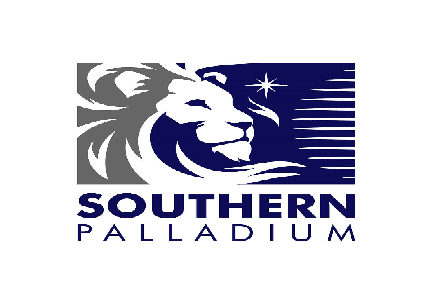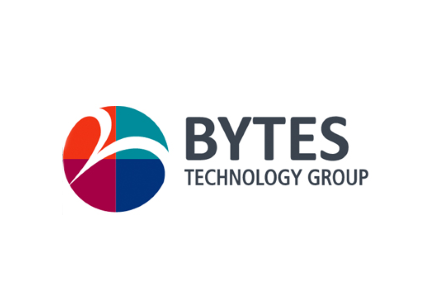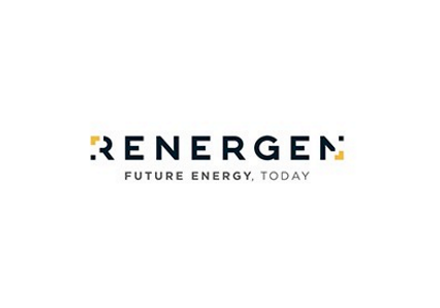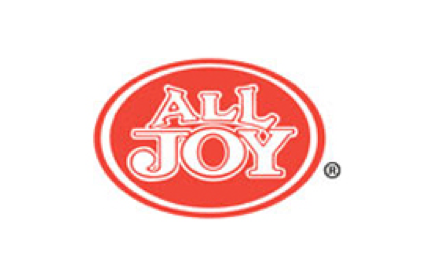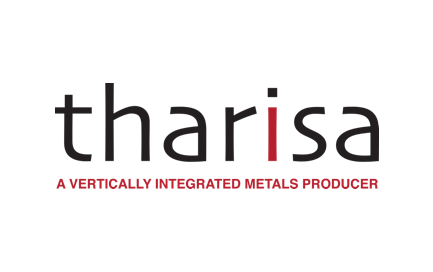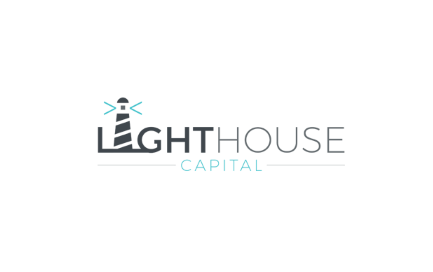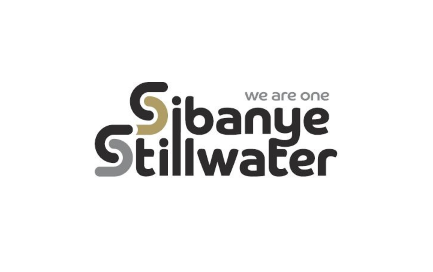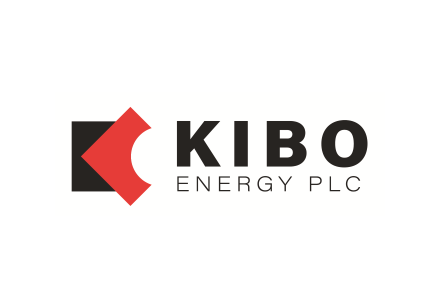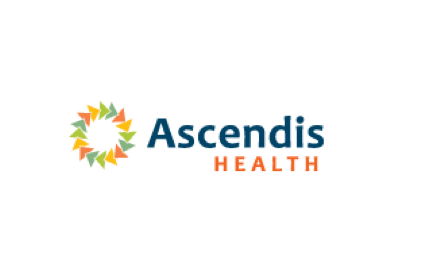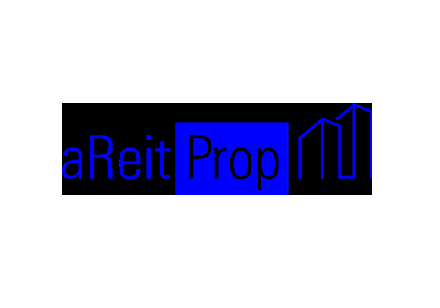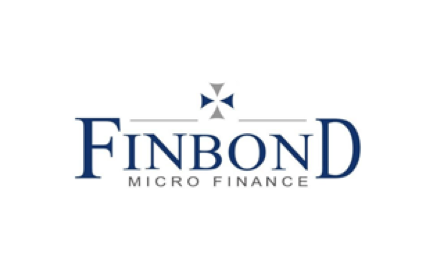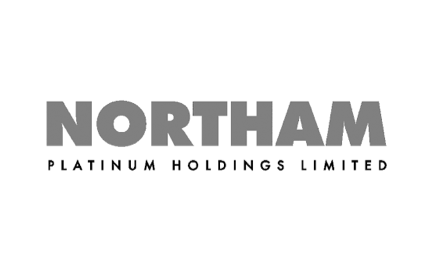If you enjoy Ghost Bites, then make sure you’re on the mailing list for a daily dose of market insights in Ghost Mail. It’s free! SIGN UP >>>
Glencore’s second half is under pressure
The reason? Weather, industrial action and supply chain issues in Kazakhstan of all places!
Glencore is a giant, with numerous commodities in the group and operations all over the world. This means that each year, some things go badly and others go well. For investors, the outcome is a portfolio effect across a basket of commodities.
For the nine months to September, the strongest production result was in cobalt with a 41% increase. The worst is silver, down 25%.
Zinc has been impacted by supply chain issues in Kazakhstan as a secondary impact of the war in Ukraine. Production is down 18% year-to-date. In Nickel, production is up 15% but guidance for the full year has been decreased because of labour action at two of the mines.
Coal is up 7% year-to-date thanks to higher attributable production from Carrejon, in which Glencore acquired the remaining two-thirds interest in January 2022. Full year guidance has been lowered though, in this case because of severe flooding and higher than average rainfall in Australia. The company expects further disruption in the fourth quarter from the weather patterns.
After an excellent first half of the year, Glencore’s second half isn’t going to be as pretty. Still, the company expects an above-average second half performance. Glencore expects to be at the top-end of the long-term EBIT guidance range of $2.2 billion to $3.2 billion per annum.
Unlike many other resources companies this year, Glencore’s share price is up more than 28%.
Impala Platinum just LOVES load shedding
Here’s a perfect example of how Eskom is breaking our economy
The good news: discussions with the core customer base suggest that PGM demand will rise over the coming year.
The bad news: Eskom.
Yes, poor Impala Platinum (like everyone else) has to navigate the ongoing joy of a power utility that is sometimes just a utility. Or just a liability, actually.
Tonnes milled and 6E in concentrate both increased by 2% year-on-year for the quarter ended September, a decent result under the circumstances. Refined 6E production fell by 5%, with a significant 18% drop in rhodium production. The drop in refined production is thanks mainly to Eskom. This is a perfect example of how load shedding continues to negatively impact our GDP.
The company has maintained its guidance for FY23, as this is only a first quarter production report and it’s too early to justify any changes.
To understand the importance of rhodium in our economy, you should read this excellent article that Greg Salter wrote a few weeks ago.
Industrials REIT: doing what it says on the tin
The impact of a tough base is clear in the growth numbers
As regular readers will know, industrial properties were the darling of the pandemic. The share prices got way too hot and the bump back down to earth has been ugly. Industrials REIT is down almost 40% this year, mainly as a result of a silly valuation coming into this year. As another example, Sirius Real Estate has lost more than 51% of its value.
At operational level though, Industrials REIT continues to do well overall. Tenant demand is strong and the average uplift upon renewal or new letting is at a high of 30%, marking the eighth successive quarter of over 20% uplift.
The business also benefits from the Industrials Hive platform, which gives the REIT more control over the letting process and the ability to showcase its properties in one place.
With the pandemic moratorium coming to an end, the company could take steps to replace non-performing tenancies. This drove a marginal decrease of 0.7% in occupancy and like-for-like passing rent.
The brakes have been applied though, with investment activity on hold as capital values react to macroeconomic conditions. My expectation is that property values fall in this environment, so those who are patient with their capital will be rewarded.
Perhaps the most important metric for investors is the “change in passing rent” or like-for-like growth over the past 12 months. It has dropped every quarter since Q1’22 (8%) until the current level in Q2’23 (2.7%). US analysts would describe this as “lapping tough comps” – in English, this means that performance was so good last year that it’s a tough base against which to compare current growth.
As this market takes a breather and lets the macroeconomic conditions settle, Industrial REIT’s loan-to-value (LTV) ratio of 25% (allowing for unrestricted cash) is good news. The average cost of debt is 2.5% and 90% of the debt is hedged against increases. The average maturity of the debt is 3.5 years and the group is comfortably within debt covenants.
There are likely going to be some difficult times ahead. It seems like Industrials REIT is doing the right things to manage them.
Orion Minerals had a busy quarter of fundraising
The non-binding term sheet from the IDC is the highlight
On a busy day for mining company announcements, Orion Minerals joined the party with a quarterly activities report. This is just a summary of the critical developments over the last three months.
The most important step was the R250 million non-binding term sheet from the IDC. This convertible debt facility will fund early works at the Prieska Copper-Zinc Project. The priority now is taking this to a binding agreement.
The IDC term sheet satisfies a condition to the previously announced A$10 million package from Triple Flag, so it unlocks a large overall funding opportunity.
In other funding news, the IDC also agreed to become a strategic partner in the New Okiep Mining Company by funding a R34.6 million share of the pre-development costs.
Orion also completed a $6 million capital raising and $1.35 million share purchase plan to fund the advancement of the early production plan at the base metal projects in South Africa.
Overall, it was a quarter of extensive fundraising activities to support the company’s journey from being an exploration company to an operating mining company. There’s still a long way to go!
The announcement is incredibly detailed and I would encourage you to read it if you are an investor or interested party.
Tharisa is looking to raise $50 million in a bond issuance
Get ready to learn about the Victoria Falls Stock Exchange
I suspect that the Victoria Falls Stock Exchange (VFEX) has far less liquidity than the natural wonder after which it is named. Some exchanges are purely technical listing venues, offering investors a regulated environment in which to invest rather than a liquid market on which to trade. It all comes down to the types of instruments and the investors that issuers are looking to attract.
Karo Mining Holdings, a subsidiary of Tharisa, will look to raise $50 million in a bond issue on this exchange. This means that the company is raising debt to develop the Karo Platinum Project in Zimbabwe (hence the choice of exchange).
Tharisa owns 70% in Karo Mining which in turn owns 85% of the Karo Platinum Project. The Zimbabwe government owns the other 15%.
The total anticipated capital cost for phase one is $391 million, so the bond will part-fund that plan. The parties expect to break ground in December 2022 and commence production in July 2024.
The minimum amount for the bond raise is $25 million and Arxo Finance (a wholly-owned subsidiary of Tharisa) will subscribe for $10 million of the notes. This effectively means that Tharisa is helping to fund the project, as it should.
If applications are lower than $25 million (i.e. $15 million from third parties), the issue won’t proceed. If excess applications are received, the issuer reserves the right to increase the size of the issuance.
The instrument will pay 9.5% semi-annually with a bullet repayment (i.e. the full capital amount) at maturity, three years from the date of issue.
Little Bites:
- Director dealings:
- A non-executive director of Bytes Technology Group has acquired shares worth around R233k
- Des de Beer continues to buy shares in Lighthouse Properties, this time for R439k
- Associates of Carl Neethling have acquired shares in Ascendis Health worth just under R4m
- Carl Neethling is a busy guy. With the CFO of Ascendis Health having stepped down, he is now taking on that role on an interim basis. He is already the Chief Transition Officer and acting CEO as well! Although these situations aren’t unheard of when a company is undergoing a major change, it will be good to see the management team settle as quickly as possible.
- Renergen released results for the six months ended August. This isn’t “big news” because the company is still pre-production, so there are still operating losses. In this period, the operating loss was R30 million vs. a loss of R27.3 million in the prior period. When everything is switched on and the company is operating, the results will be watched closely by the market. The share price is down 24% this year.
- Southern Palladium released a quarterly activities report for the three months to September. As this is an exploration company, you need to be a geologist or mining engineer to know what is actually going on here. The company spent $862,000 on exploration in this quarter, which included several drilling projects. As at the end of September, Southern Palladium held $15.9 million in cash.
- Sibanye-Stillwater has reached a five-year wage settlement agreement with AMCU at the Rustenburg and Marikana PGM operations. This concludes the wage negotiation process, as agreements were reached with NUM and UASA in September. The agreement is consistent with the previous five-year offer, with average annual increases of 6% and above (subject to a few specific rules). This was a far smoother process than the disastrous labour action in the gold operations. With all benefits, Sibanye’s wage bill is expected to grow at 6.3% per annum over the next five years.
- Northam Platinum’s credit rating has been upgraded by GCR and the outlook is Stable. The company has refinanced its R4 billion revolving credit facility maturing in September 2024 with a new five-year facility of R5.705 billion. This is at a better rate than before by 15bps, ranging from JIBAR + 2.40% to JIBAR + 2.80% depending on the level of utilisation. The company also settled the R3 billion bridge facility with a final maturity date of December 2022, replacing it with a five-year term loan of R2.445 billion that matures in August 2027. The rate is JIBAR + 2.50%. Overall, Northam has R9.15 billion in banking facilities. As a final update, Northam has settled all amounts owing to Royal Bafokeng Holdings and therefore owns an unencumbered 34.52% stake in Royal Bafokeng Platinum.
- Finbond has released results for the six months ended August. As highlighted before, regulatory changes in the US have had a significant negative impact on profitability. Despite strong growth in loans and advances and even a 2.8% increase in the NAV, HEPS has decreased by 35.9% to a loss of 8.2 cents vs. a loss of 6 cents last year.
- aReit Prop released results for the nine months ended September. After a third quarter dividend of 9.64 cents per share, the year-to-date dividend is 20.34 cents per share. The net asset value per share is 935.2 cents and the share price is R7.00.
- In an exceptionally weird situation, Kibo Energy once again had “technical difficulties” at the AGM that means most of the largest shareholders were unable to cast their votes. This was already an adjourned AGM, so they went ahead anyway with the AGM and withdrew the resolutions that were outside of the ordinary course of business. They will be dealt with in an extraordinary general meeting.
- GMB Liquidity has further increased its position in Grand Parade Investments, taking the stake to 30.23%.
- AH-Vest, the owner of All-Joy foods, has a market cap of just R40.8 million. As you might imagine, there’s far more liquidity in the tomato sauce than in the stock. For the year ended June, the company expects to report HEPS of between 1.72 cents and 2.32 cents. That’s a drop of between 68.5% and 76.5%! The company attributes the decline to credit loss provisions that need to be raised on receivables more than 60 days past due. There are also cost pressures throughout the supply chain.

